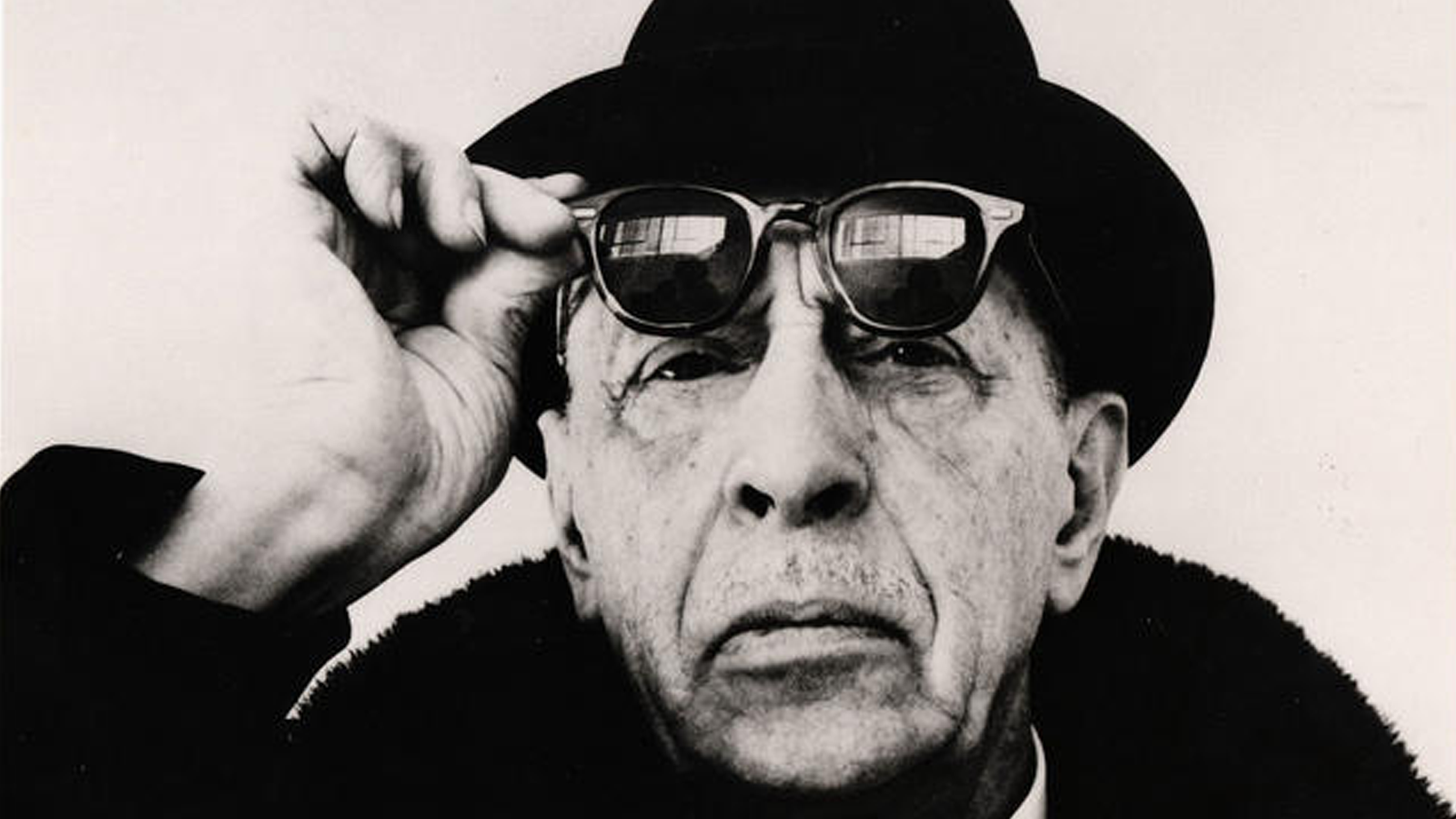
No. 20
Stravinsky: The Rite of Spring

The Rite of Spring was Stravinsky’s third ballet and his third collaboration with impresario Sergei Diaghilev. Diaghilev’s company, The Ballet Russe, based largely in Paris, aimed to be the leading musical ensemble and the chief artistic attraction in the City of Light. And, astoundingly, the Ballet Russe managed to be just that. There were three secrets to its amazing success. The first was its company of dancers, Nijinsky, just the most dazzling among them and the ground breaking choreography of Michel Fokine; the second was the lavish design supervised by a single artist that made of each ballet a visual feast, and the third was music by the best and brightest composers, each urged to break new ground. Add to these qualities, the need that Diaghilev himself visited upon his troupe to be sensational, to be talked about, to be the latest thing, to be, like Lord Byron, “mad, bad and dangerous to know”. Dancers, choreographer, design artist, and composer were all to work together, to inspire each other, to push each other to a presentation that produced a singular effect upon an audience.
The Rite of Spring was the culmination of Diaghilev’s vision. He was excited by Stravinsky’s idea of a “primitive ballet” about ancient Russian peasant spring rituals that included the sacrifice of a maiden, who was made to dance until she fell dead. After a row with Fokine, Diaghilev assigned the choreography to Nijinsky who, alone among the dancers took to the “strange, angular” rhythms that Stravinsky had devised to carry the audience to ancient and more brutal times. The music seemed to demand a complete break from the classical ballet theory of movement, and Nijinsky was enthusiastic about forcing the break.
At the premier, a young Pierre Monteux conducting, protests from the audience began almost at once, and when the performance continued, the shouts and taunts about both the music and the dance only grew more vociferous until the dancers could no longer hear the music. Njinsky had to shout to the dancers from the wings the various counts to keep the dancers going. Monteux too managed to keep the orchestra at it. Diaghilev, sensing an historic publicity bonanza, refused to stop the performance or to calm the crowd of protestors. The first performance was a debacle, but subsequent performances sold out. Not that anyone was ever brave enough to say that they actually liked The Rite of Spring.
The music became the watchword for “modern” music. The Rite of Spring never got chopped up into a suite, there was nothing “sweet” about it. After its initial run it did not return until the 1920s with new choreography by Leonid Massine. It proved successful. The Rite of Spring entered popular consciousness with Disney’s spectacular “Fantasia,” the score carefully edited to highlight its most “primitive” aspects, as the sound track to the brutal struggles of prehistoric dinosaurs. The original choreography by Nijinsky, long thought lost, was rediscovered in the 1980s and was reconstructed by the Joffrey ballet.
When Stravinsky’s notorious ballet Le Sacre du Printemps (The Rite of Spring) appeared on the list of the top 40 pieces of classical music chosen by the listeners of WNED Classical we were, frankly, shocked, and then, immensely proud. For The Rite of Spring was both a seminal work and an historic event. Its appearance among the Top 40, meant that its historic importance as an icon of “the modern” and its “primitive” sound, meticulously crafted, were now fully appreciated and like its predecessors on the list The Rite was obviously listened to with pleasure and an appreciation of its unique place in the history of music. Bravo!
Top 40 Countdown
A few years ago the listeners to WNED Classical told us what they thought a TOP 40 list of Classical pieces should be. Six hundred and twenty-two different pieces were put forward, and over nine hundred listeners participated. The result, The WNED Classical Top 40, was both startling and comforting. There were a number of surprises, Stravinsky and Copland made the list; Mendelssohn and Schumann did not! It was comforting to know that the two most popular composers were Beethoven and J.S. Bach. The biggest surprise of all was the piece that crowned the list as No. 1.